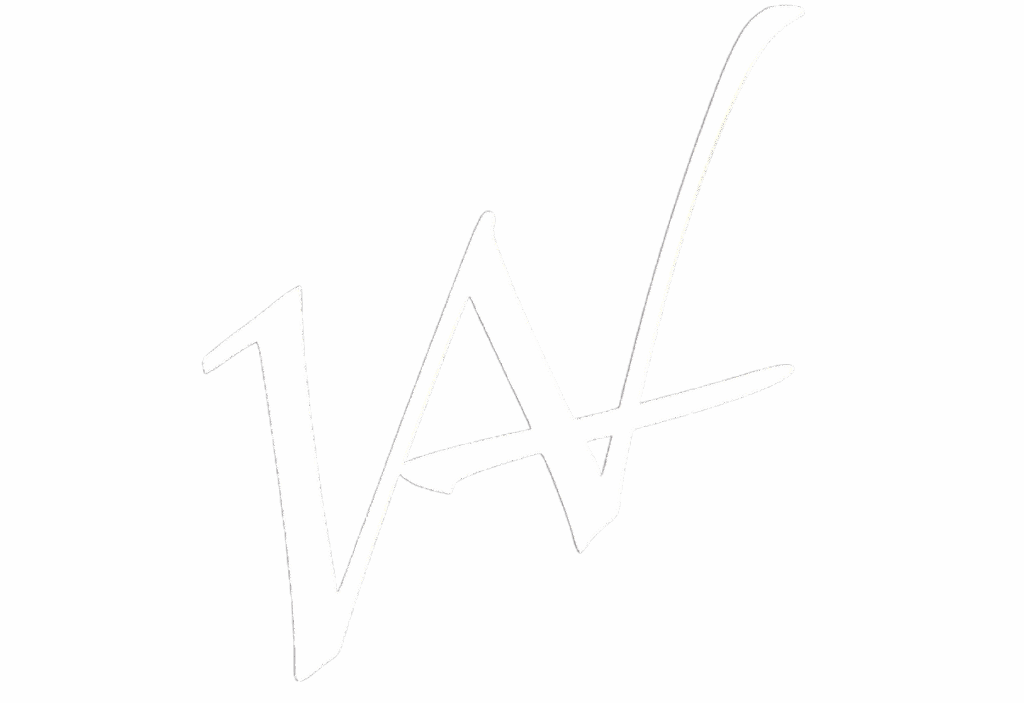So far in these blog posts I’ve been going through a good bit of music theory, and explaining my method for visualizing the fretboard. I believe one of the key components that has improved my lead guitar work, and my songwriting in general, is working with chords.
The biggest strides that I’ve made have come recently, years into my playing. It’s a difference that I’m not sure many people can hear, but it’s one that I can hear and feel. Fortunately my tone and grip on the strings has improved significantly, but the biggest change has come from my approach and from my confidence while playing the guitar.
If you’re a beginner, I would urge you to begin on these exercises at the most rudimentary level. Don’t expect the entire world to come to your fingertips the first time you try them. Take these exercises, learn them, and work through them–and I guarantee you’ll be a better guitar player.
Let’s start off by looking at a few chord shapes for the major and minor, and half diminished chords. We’ll also look at the chord shapes for 7th chords, but the arpeggios we play will be root position triads. We’ll have fun with 7th arpeggios soon enough!
By no means is this every possibility to play the chord, but I’ve tried to include the ones that I use most. In most cases, I use root-position chords. Some of those chord shapes are sparse, while others cover all the strings. When applicable, I’ve put the chord across all the strings because there are certain times when I might play just a piece of that chord, rather than the entire chord–but it’s crucial to be able to visualize these chord shapes moving forward.

I’ve taken the triads (three note chords), and created multiple one-octave root-position shapes from the same root. That gives me an escape route in either direction. Each shape feels different, and has different advantages and notes that I can target. I’ve also put them in triplet eighth subdivisions that you can repeat.
You’ll see that some patterns are good to play, and possibly repeat quicky. Others–not so much. But each pattern is useful for something!

Now for the minor patterns:

Next lesson we’ll have fun putting these chord shapes in the key of C major, and start working on 7th chords–so if this is easy for you, by all means get a head start!
Any questions, or comments–you know where to reach me!
josh@andrewwhiteguitars.com








